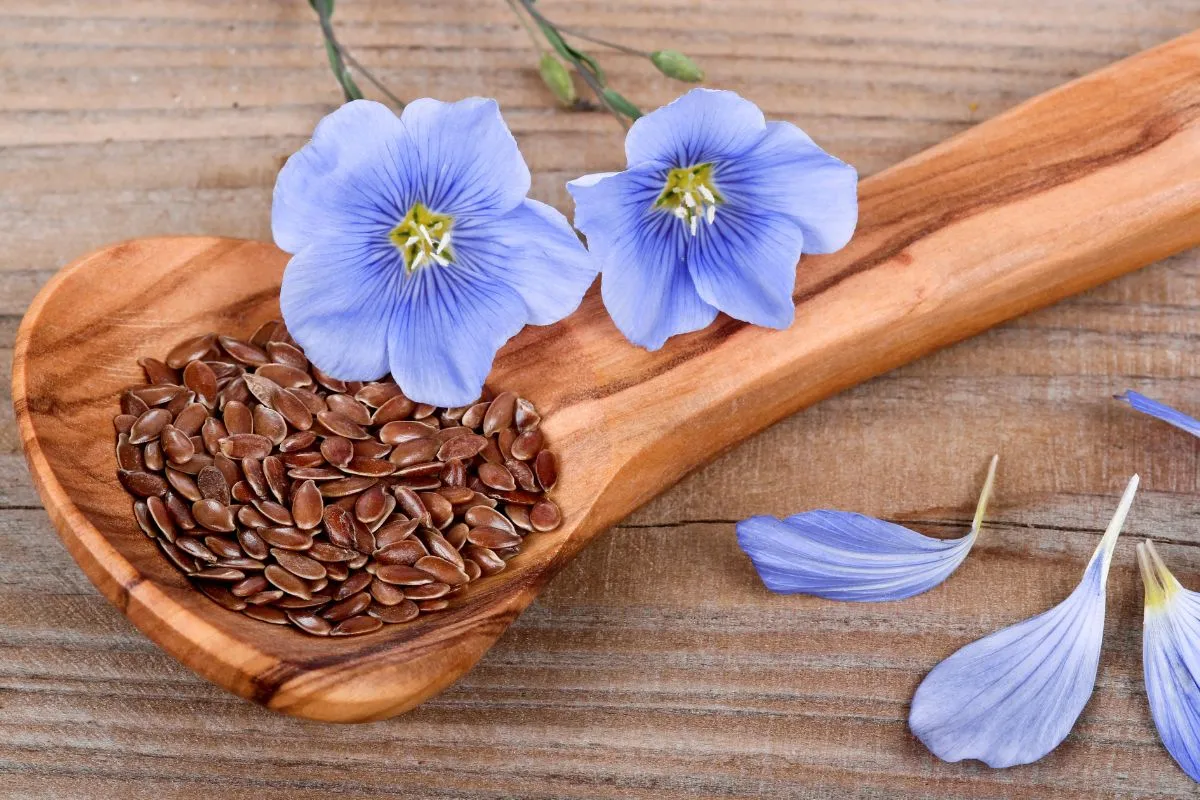The Russian government has adopted a resolution introducing a 10% export duty on linseed shipments outside the Eurasian Economic Union (EAEU). According to a government press release dated October 4, the measure will remain in effect until August 31, 2026, and aims to stimulate domestic processing capacities and maintain a balance between the domestic market and raw material exports.
The initiative to impose the duty was proposed by the Russian Oil and Fat Union. Its Executive Director, Mikhail Maltsev, explained that linseed is the only oilseed crop in Russia that has not been protected in terms of encouraging domestic processing, while new processing facilities for this crop are actively being commissioned across the country. According to Maltsev, the measure will help increase the supply of linseed to domestic processors and support the development of the oil and fat industry.
According to the Institute for Agricultural Market Studies (IKAR), Russia’s linseed harvest in the 2025/26 agricultural year (September–August) is projected at 1.3–1.4 million tons, compared to 1.25 million tons in 2024/25 and 1.15 million tons in 2023/24. Analysts note a steady growth in production driven by strong demand both in domestic and export markets.
In addition, the Russian government has introduced tariff quotas for duty-free exports of corn produced in Primorsky Krai and the Amur region. The quota for Primorsky Krai is set at 280,000 tons, while the Amur region will be allowed to export up to 130,000 tons.
This measure will be valid until December 31, 2025, and, according to the government, takes into account the projected balance of corn production and consumption in the Far Eastern Federal District. It is expected to help local producers sell surplus volumes abroad amid weak demand from neighboring regions.




